 |
| The official export of macadamia nuts to the Korean market (after the Japanese market) once again opens up opportunities for this specialty nut of Dak Lak to reach other Asian countries and the world. (Source: VOV) |
The first batch of macadamia nuts officially exported to the Korean market, weighing more than 10 tons, was grown in Dak Lak province. The product has undergone many inspections by specialized agencies on pest control, food safety and hygiene, packaging specifications and traceability. It is expected that these products will be sold at major supermarket chains in Korea.
Speaking at the ceremony, Mr. Huynh Ngoc Duong, Deputy Director of the Department of Industry and Trade of Dak Lak province, said that the official export of macadamia nuts to the Korean market (after the Japanese market) once again opens up opportunities for this specialty nut of Dak Lak to reach Asian countries and the world.
"The Korean market is a potential market for agricultural products. The importer is a business in Jelabook province - Korea. Jelabook and Dak Lak have signed a cooperation agreement on economic - cultural - social development since 2017. This is a demonstration of the spirit of economic cooperation and development of the two localities. We are very excited that from the beginning of the year, there have been shipments entering the connecting province, a cooperative province, a demanding market. I think that in the future, Dak Lak products will definitely reach far into other markets. I believe that this year's export turnover of Dak Lak will far exceed the figure of 1.6 billion USD", Mr. Duong shared.
Currently, Dak Lak has more than 4,500 hectares of macadamia with an output of over 1,500 tons per year. According to the Prime Minister's sustainable macadamia development project for the period 2021 - 2030, with a vision to 2050, Dak Lak has developed a plan for sustainable macadamia development in the direction of researching and creating a variety of varieties with high productivity, quality and economic efficiency, resistant to pests and diseases, and adaptable to ecological sub-regions.
Research, develop and transfer macadamia technical processes suitable for local conditions; prioritize the development of macadamia production processes in the direction of high technology, good agricultural practices (VietGAP, GlobalGAP...), organic agriculture to create quality, safe macadamia products that are competitive in domestic and international markets.
(according to VOV)
Source


![[Photo] Russian military power on display at parade celebrating 80 years of victory over fascism](https://vphoto.vietnam.vn/thumb/1200x675/vietnam/resource/IMAGE/2025/5/9/ce054c3a71b74b1da3be310973aebcfd)

![[Photo] General Secretary To Lam and international leaders attend the parade celebrating the 80th anniversary of the victory over fascism in Russia](https://vphoto.vietnam.vn/thumb/1200x675/vietnam/resource/IMAGE/2025/5/9/4ec77ed7629a45c79d6e8aa952f20dd3)
![[Photo] Prime Minister Pham Minh Chinh chairs a special Government meeting on the arrangement of administrative units at all levels.](https://vphoto.vietnam.vn/thumb/1200x675/vietnam/resource/IMAGE/2025/5/9/6a22e6a997424870abfb39817bb9bb6c)
![[Photo] Magical moment of double five-colored clouds on Ba Den mountain on the day of the Buddha's relic procession](https://vphoto.vietnam.vn/thumb/1200x675/vietnam/resource/IMAGE/2025/5/9/7a710556965c413397f9e38ac9708d2f)
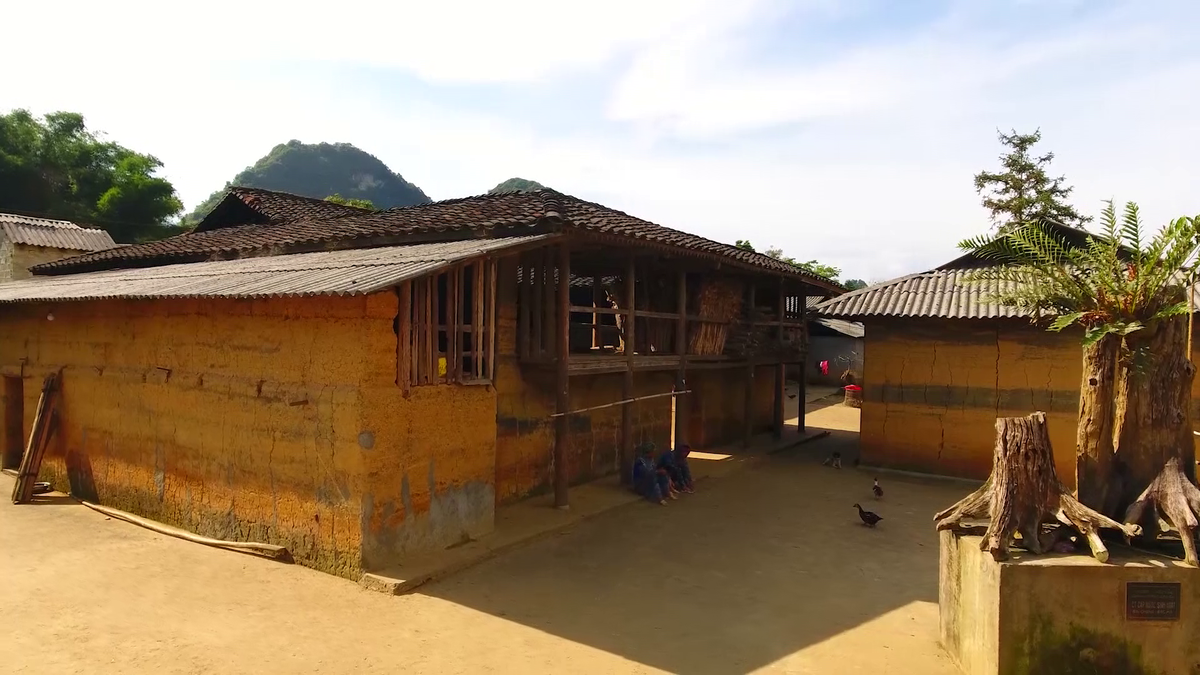






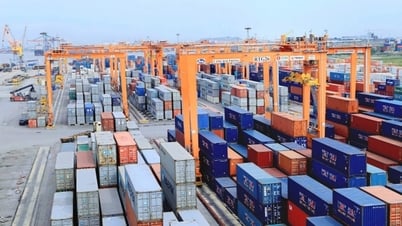
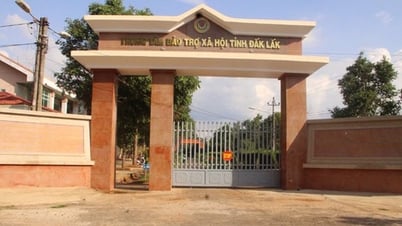



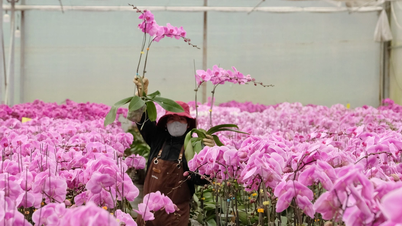
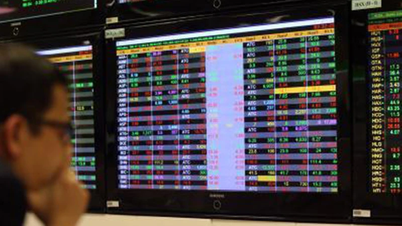






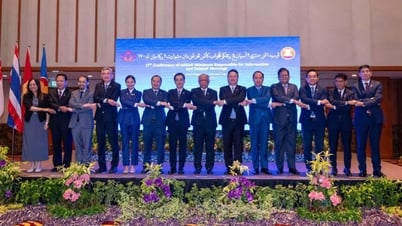
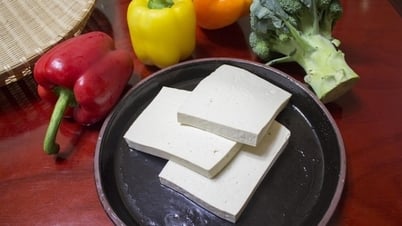







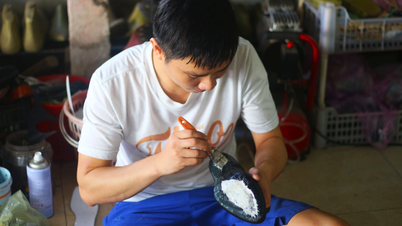











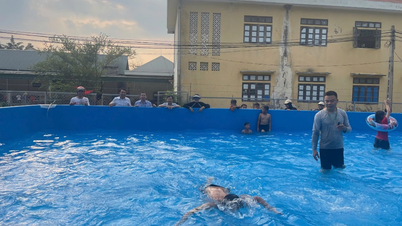
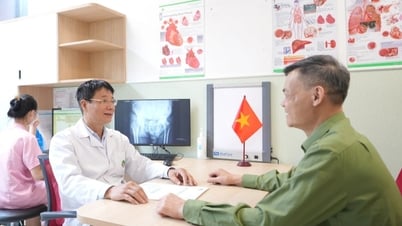













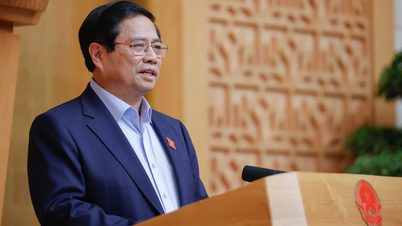




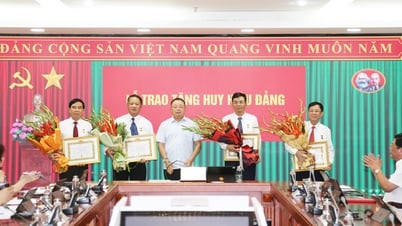





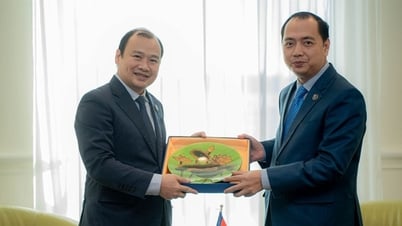
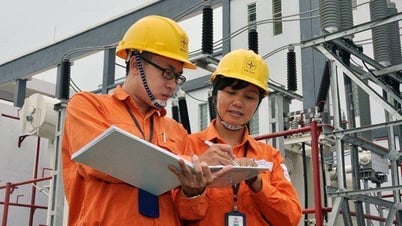


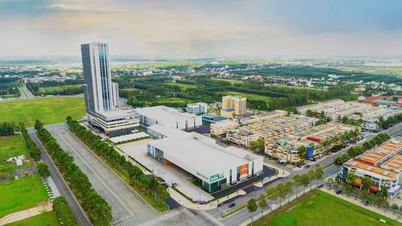





















Comment (0)